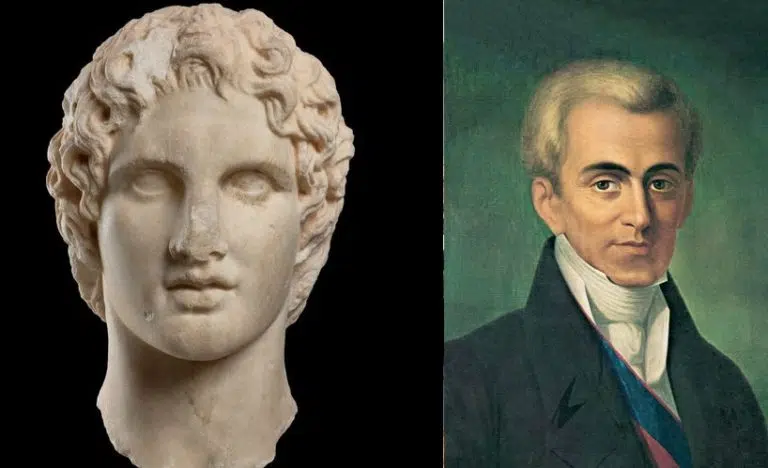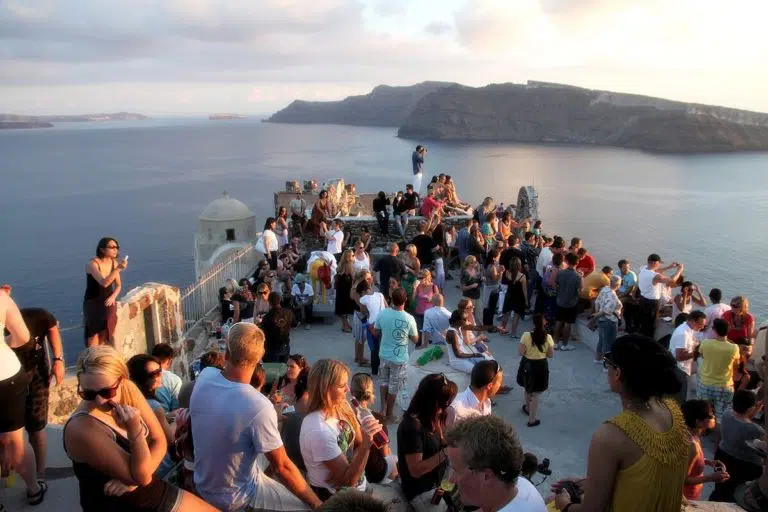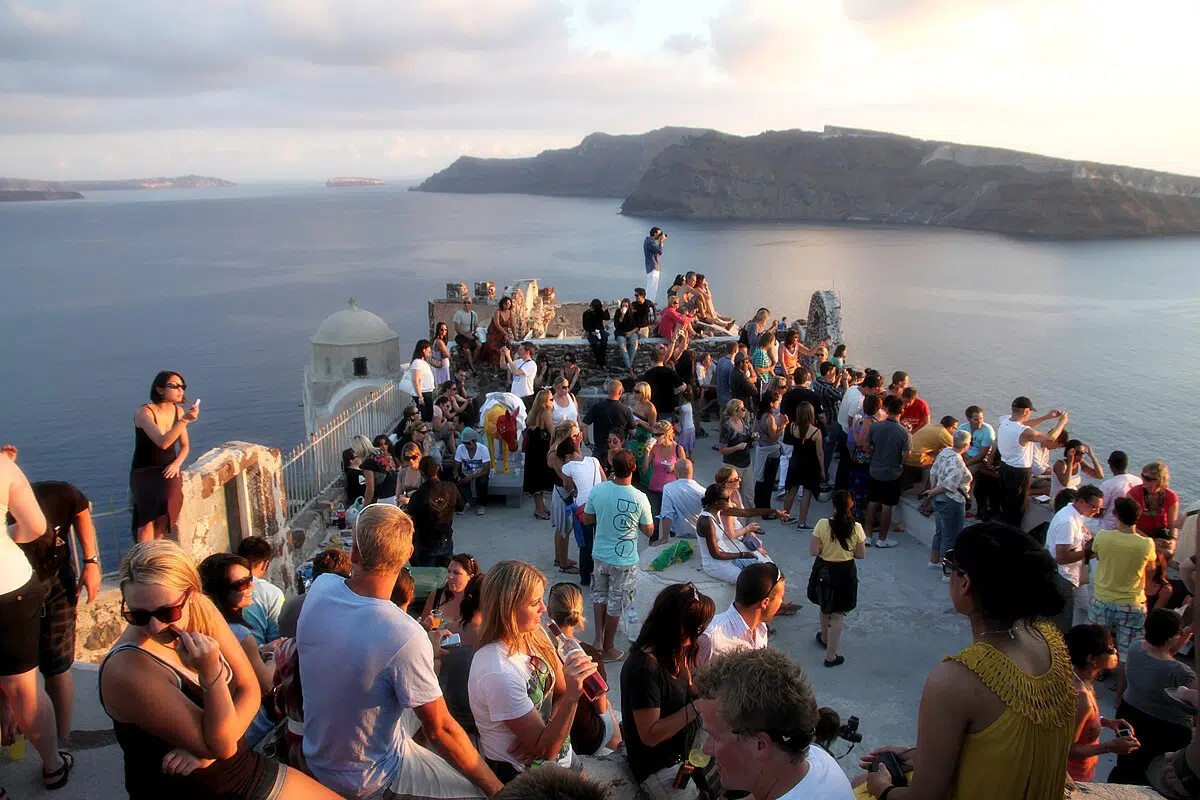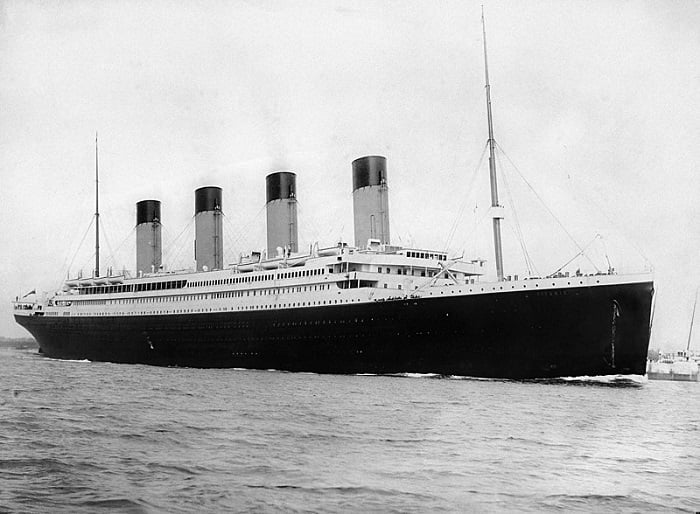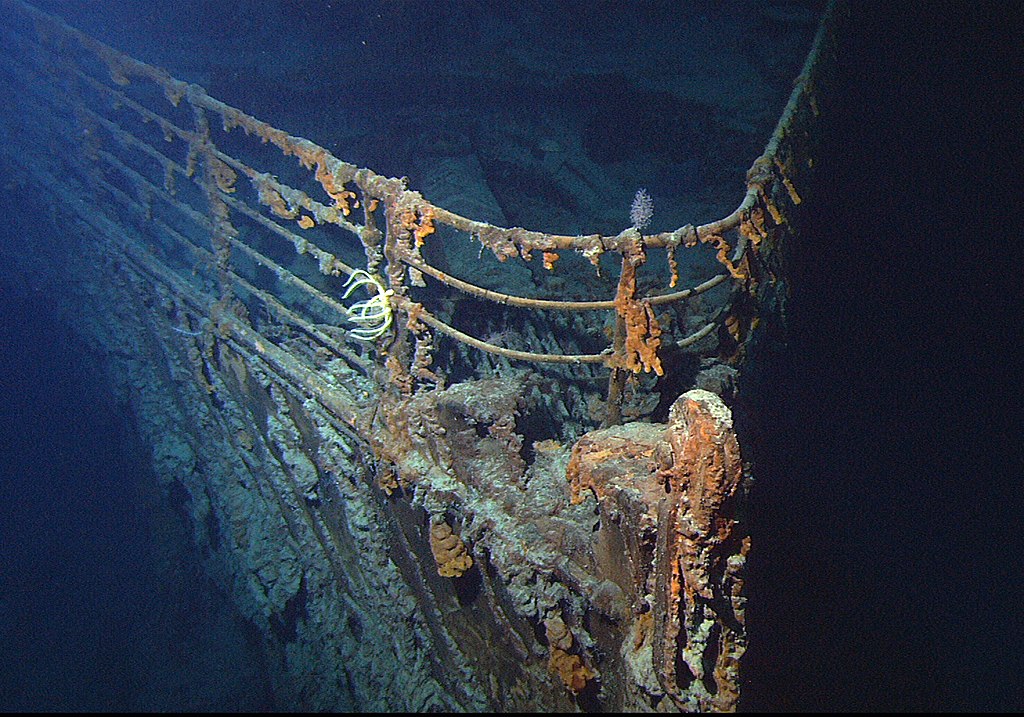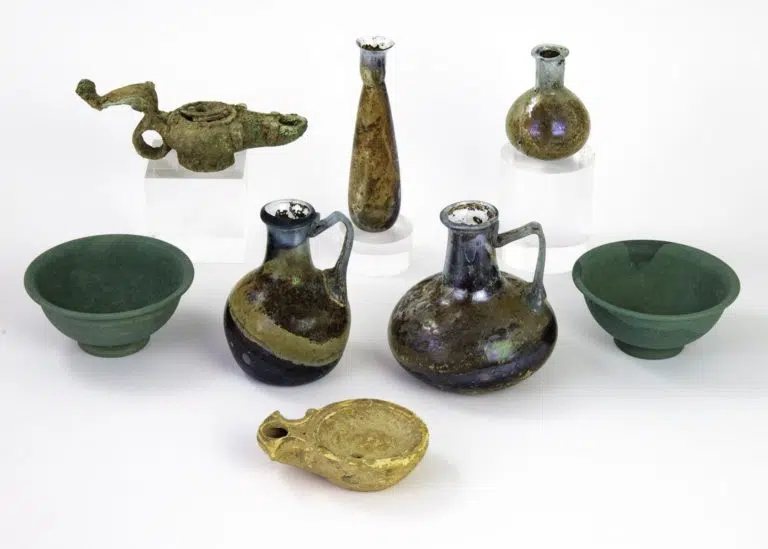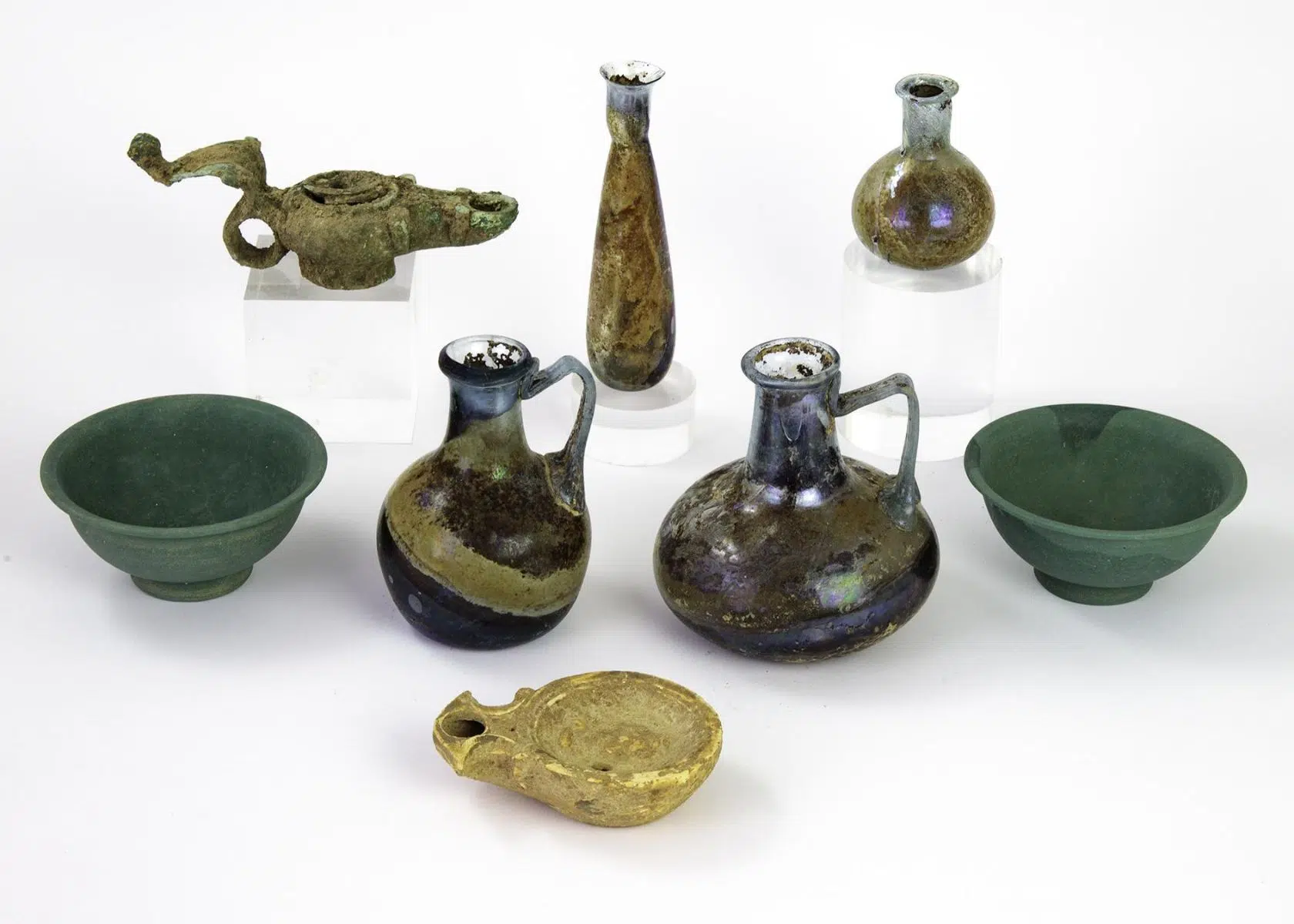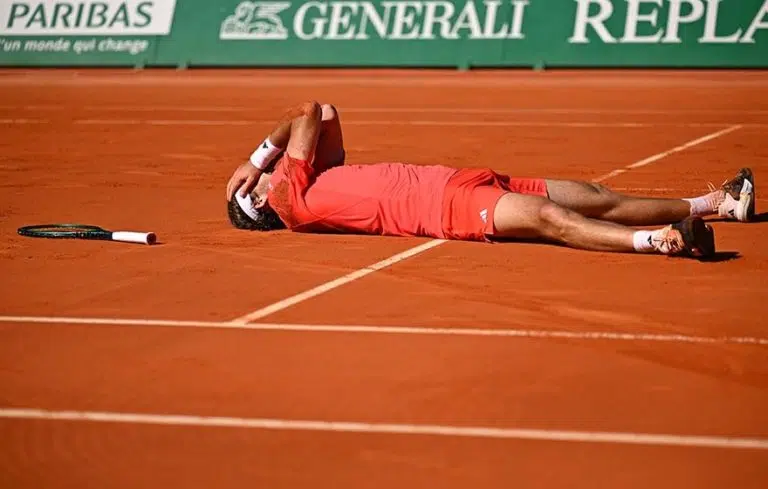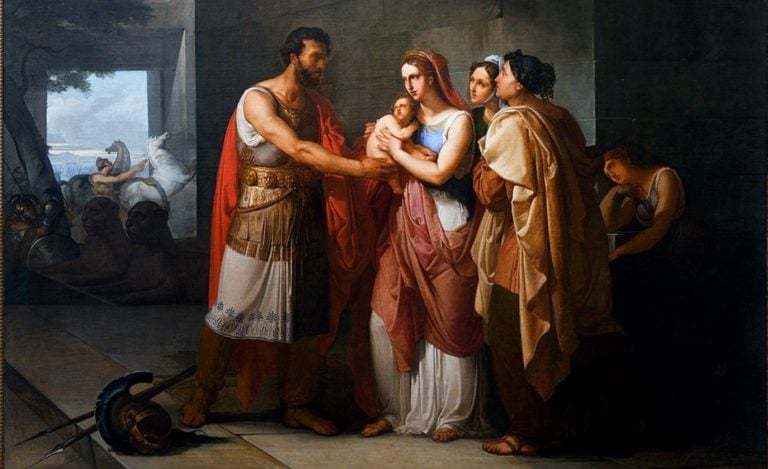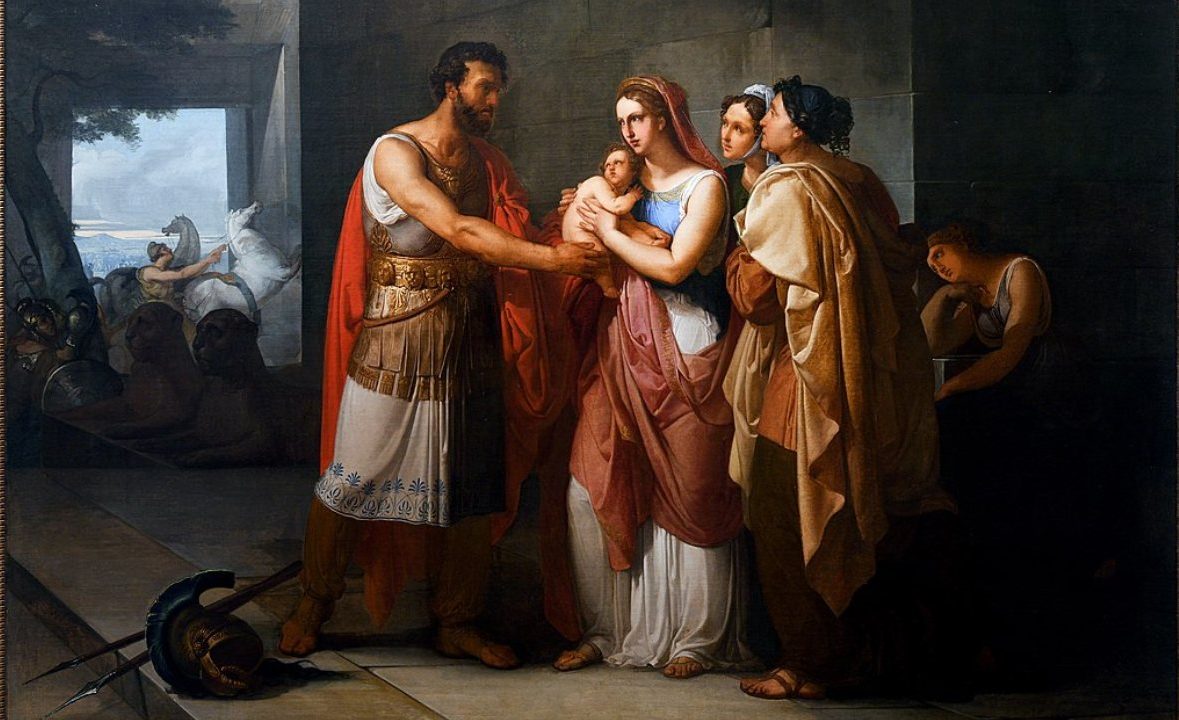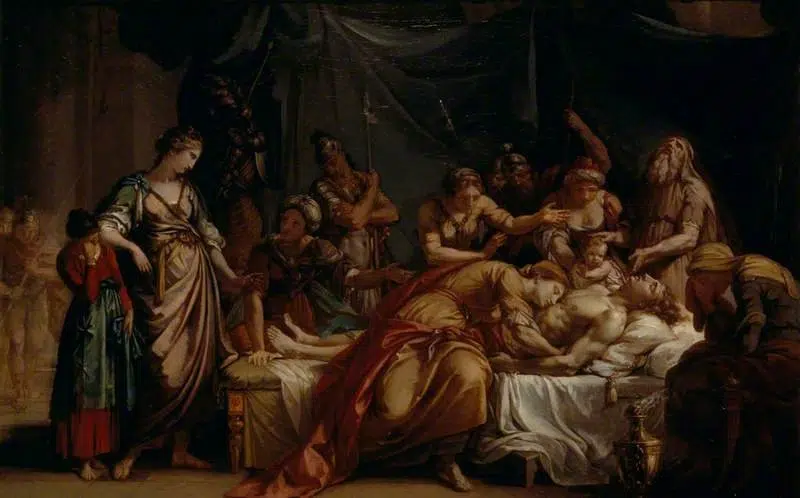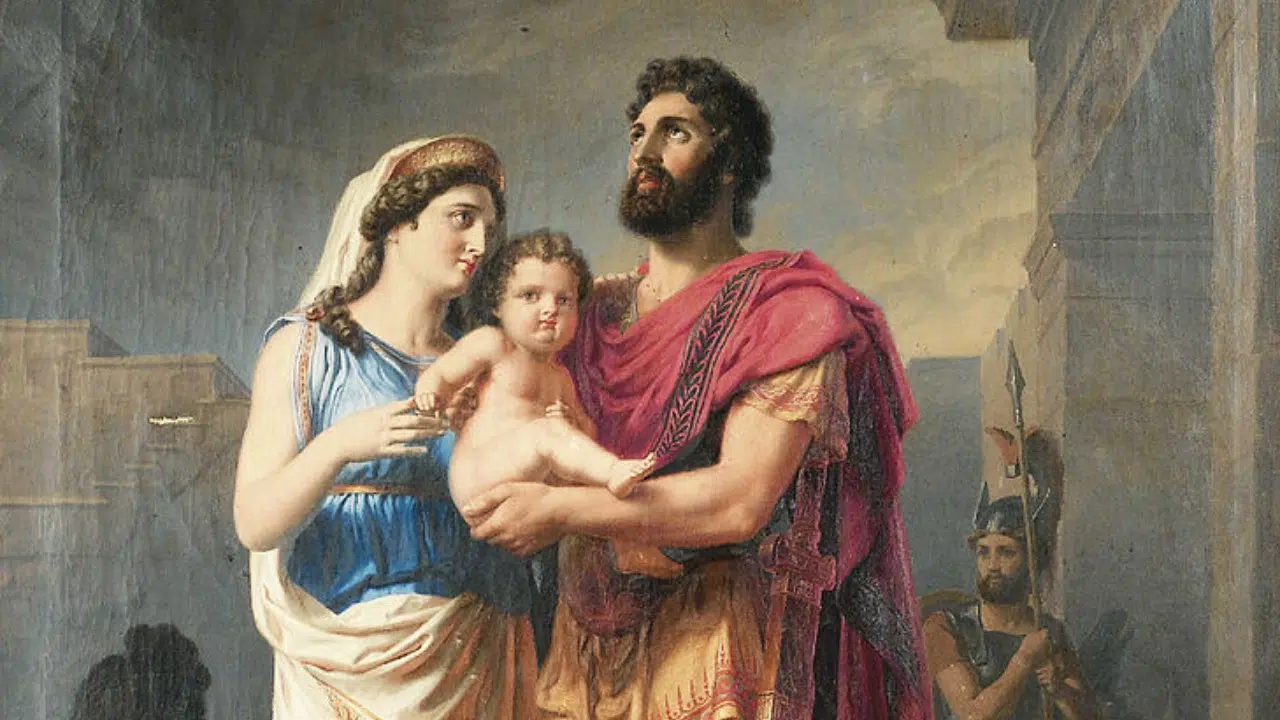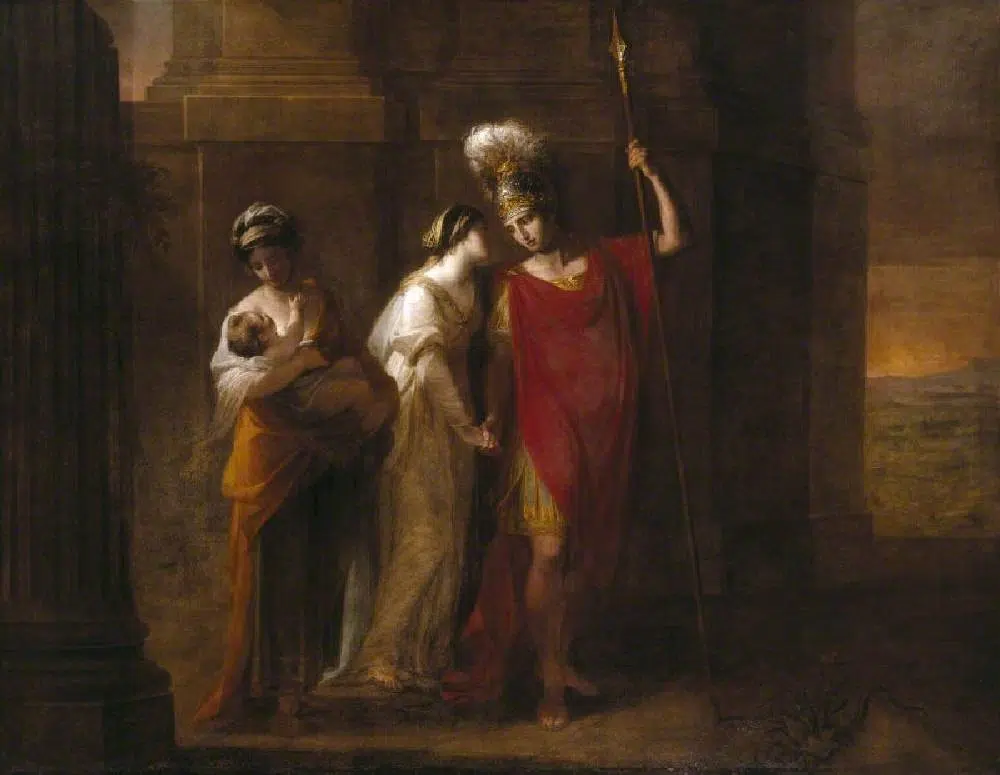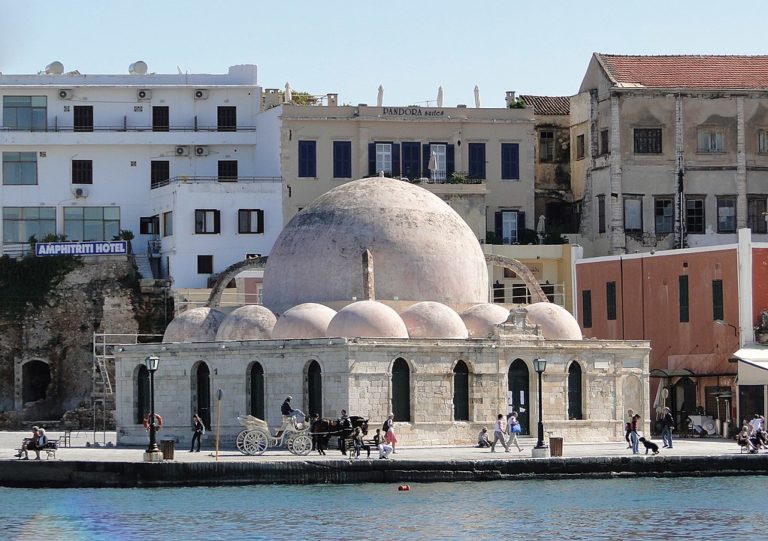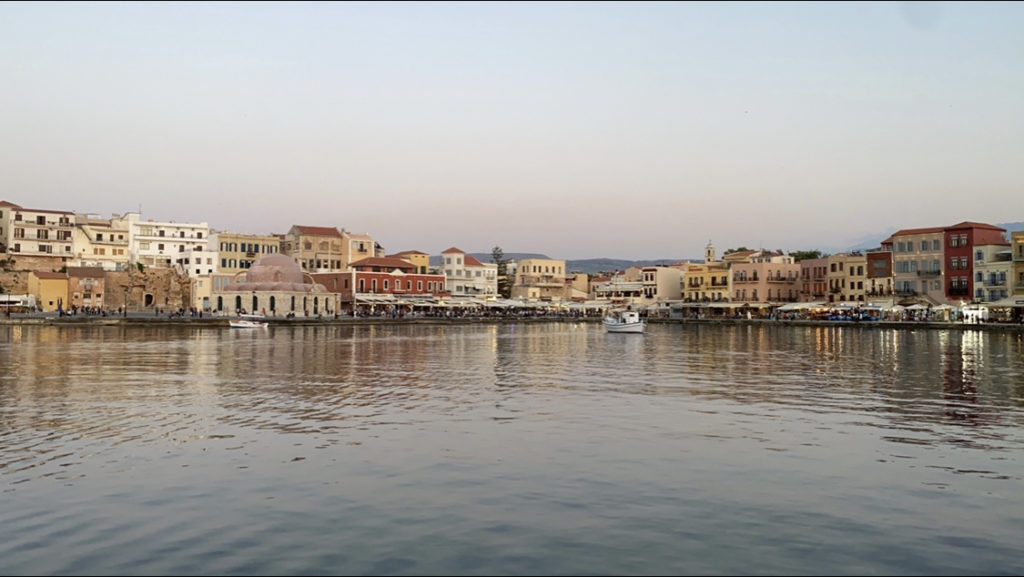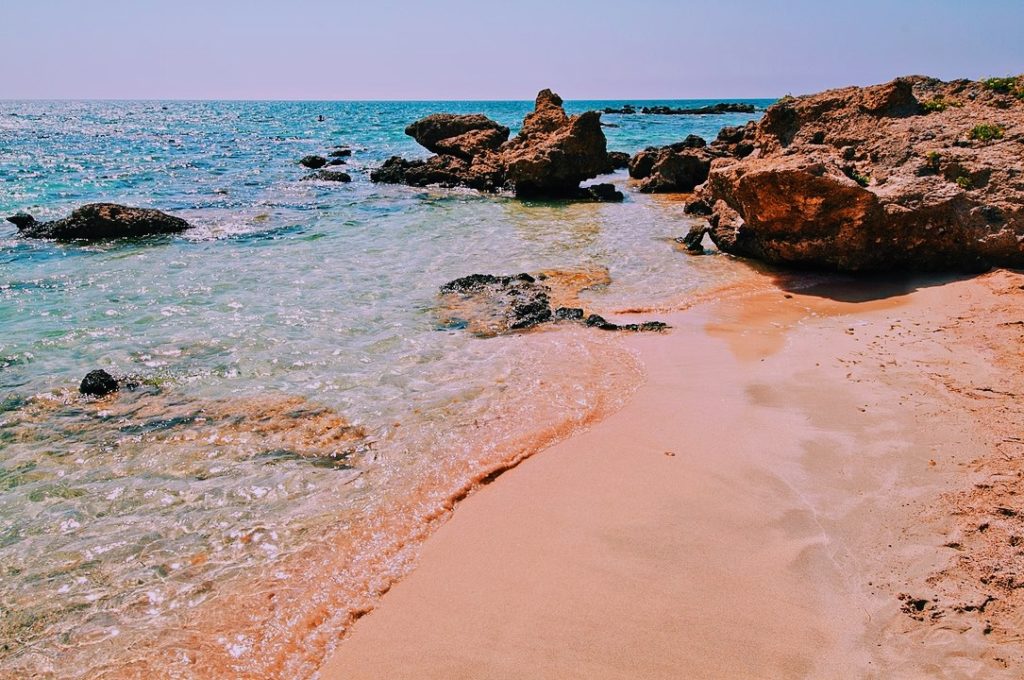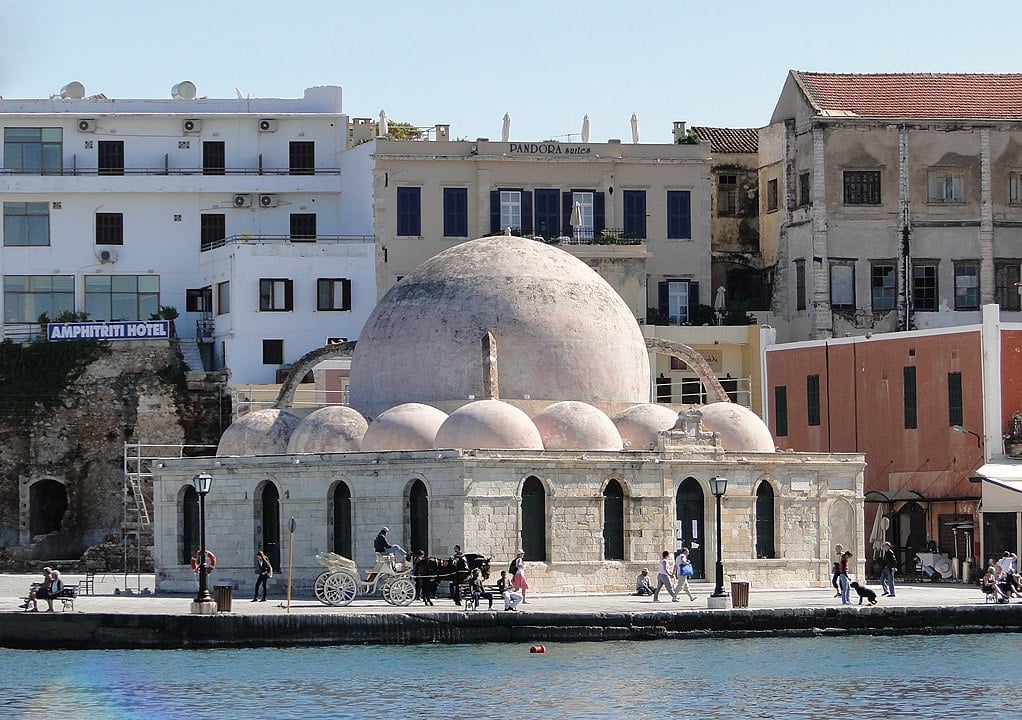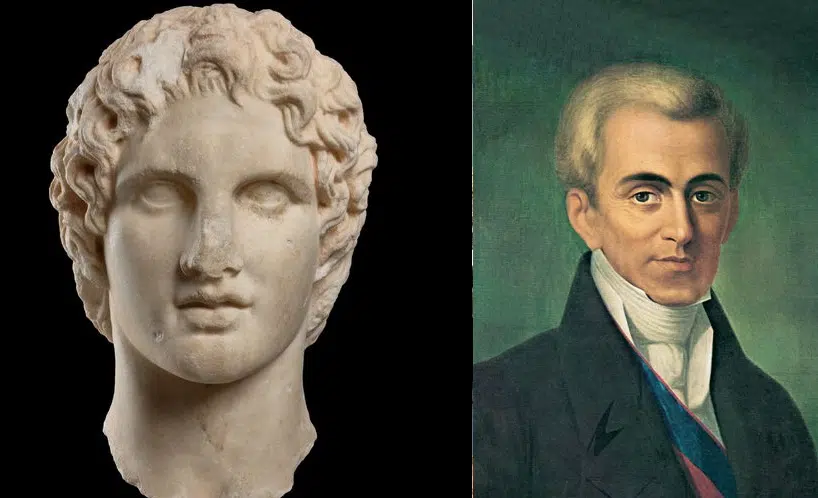
The efforts of Alexander the Great and the first President of modern Greece Ioannis Kapodistrias to employ Hellenic civilization for the good of humanity reflect the greatness of ancient Greece / Hellas.
By Evaggelos Vallianatos
Alexander accomplished so much so soon and so young that he rightly earned the honor of greatness. He was a hero and a genius. His mother Olympias tried to convince him he was the son of Zeus. Alexander loved and trusted his mother. He probably assured himself he was the son of Zeus. His hero, Achilles, was the son of the goddess Thetis.
But the young man loved Aristotle who tutored him in Homer, Greek history, politics, philosophy, and international affairs. In addition, Aristotle passed on to his pupil the enormous knowledge and respect he had for Homer, the teacher of the Greeks for millennia. He edited the Iliad of Homer for Alexander. He urged him to unite the Greeks and to eliminate the Persian danger. Alexander did both.
Alexander was inspired by Aristotle. The result was unprecedented in history. His general Ptolemaios / Ptolemy, who was also a student of Aristotle, became king of Egypt and materialized the dream of Aristotle. He built a Mouseion-university and a library in Alexandria. He opened the doors of these institutes for advanced studies to the best Greek minds. The enlightenment that emerged in Alexandria was astonishing. It made our world. Alexandria became the capital polis of civilization for several centuries in the Mediterranean. And that really was the legacy of Homer, Aristotle, and Alexander.
Alexander’s dream
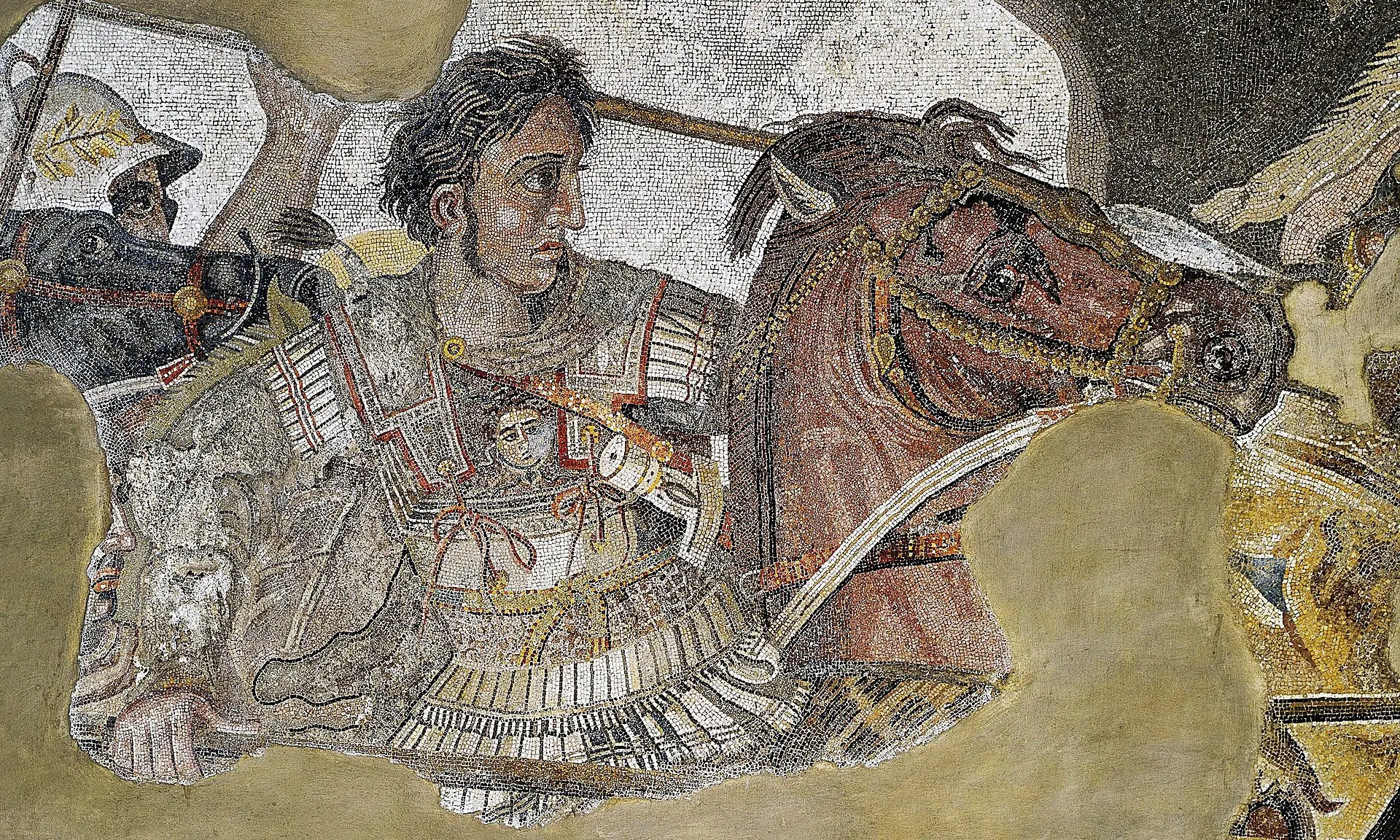
The other dream of Alexander was to create a united ecumene, in effect a world society and government under the rule of reason. This interpretation of Alexander comes from a Greek living in the Roman Empire that had abolished Greek freedom, conquering Greece in 146 BC and making it a province of Rome. Plutarch was that voice. He was a Greek philosopher, prolific writer, and a priest of Apollo. He lived from about the second half of the first century to the first twenty of so years of the second century of our times. He served Rome but remained Greek.
Plutarch said that Plato, Aristotle, and other thinkers like the Stoic Zeno wrote and taught how to live in ideal cities but never translated their ideas into political reality. Alexander did.
He conquered Asia, but his purpose was more than warfare. He dressed like the Asians did. He tried convincing his officers to marry Persian women. He married a princess from Afghanistan. He also established dozens of Greek cities in Asia, all of them governed by justice and the rule of law, thus eliminating injustice in large regions of his empire. Plutarch argues correctly that the conquest of Alexander brought peace, justice, and civilization to Asia.
“[Without Alexander,] Says Plutarch, “Egypt would not have Alexandria, Mesopotamia would be without Seleucia, Sogdiana would not have Prophthasia, India would be without Bucephalia, and the Caucasus would be without Alexandria in the Caucasus. It was by living as citizens of these cities that the bad and unacceptable were extinguished. The lives of the citizens improved by familiarity with better ways of living.
Philosophers pride themselves in refining the brutal and boorish aspects of human nature. Alexander did what philosophers say they do. He succeeded in reforming the bestial nature of countless nations. He certainly is a great philosopher…. Alexander believed that the gods sent him to unite the world and create one commonwealth of equality and justice and civilization.”
Alexander was a revolutionary. In trying to reform his empire and add non-Greeks to Greek culture, he faced resistance from his Greek officers and the local elites in
Asia. After all, for the first time in history a conqueror abandoned violence as a governing principle. Alexander wanted to convince the vast majority of the conquered people he was their friend. He joined Europe and Asia by marriages, similar clothing, and the equal administration of justice and by founding Greek cities all over Asia so Asians could see the difference.
After Alexander the Great
Unfortunately, Alexander died young. He was barely 33 years old when he died in Babylon in 322 BC. Alexander and his successors ignored the rising power of Rome. This turned out to be a fatal error. Romans learned from the Greeks. However, the wars among Alexander’s successors weakened them and gave the Romans a free hand in the West. They dismembered Macedonia and Greece and, by the end of the first century BC, the main kingdoms of Alexander in Asia and Egypt were provinces of Rome.
The Roman Republic became Roman Empire, a vast territory that included Alexander’s empire and Europe. Some of the emperors were responsible leaders, but most of the remaining emperors were ruthless and corrupt.
One of them, Constantine, dumped Greco-Roman religion and culture for a messianic and semitic religion, Christianity. Such a violent policy turned Greco-Roman civilization upside down. The Roman government and the church in the capital of the Eastern Roman Empire, Constantinople, hired northern European barbarians to smash the Greek temples, burn libraries, and otherwise level the magnificent treasures the ancient Greeks had built.
The great Alexandrian Library went up in flames in the late fourth century. In 415, Christian monks tore to pieces Hypatia, director of a philosophy school in Alexandria. Her crime was teaching Platonic and Aristotelian philosophy.
Egypt and Greece belonged to the Eastern Roman Empire. The Western Roman Empire after the fourth century had fallen to the hands of European barbarians. This political division exacerbated divisions within Christianity, which blossomed to a civilization Schism of 1054. The anathemas hurled by the Pope and the Patriarch against each other, and their version of Christianity, brought the crusades against the Moslems and against East and West.
The fourth crusade of 1204, instead of going to Jerusalem to fight the Moslems, it turned its wrath against the Greeks. French, German, and Venetian troops captured Constantinople, thus inflicting a giant wound on the security of medieval Greece. Mongol Turks took notice. They took advantage of the Christian civil war. They kept attacking the Greeks. In 1453, they captured medieval Greece, which also exposed the West to the Mongol Turkish menace.
Greece suffered enormously from the loss of its freedom. Its best scholars left the country for Italy. They were loaded with the surviving manuscripts of ancient Greece. These Greek books were translated into Latin and started the Renaissance and made our world. In 1821, the Greek Revolution brought into being an independent state. In 1828, the European powers, Russia, England, and France, appointed Ioannes Kapodistrias as the first President of Greece.
Kapodistrias follows Alexander the Great’s steps
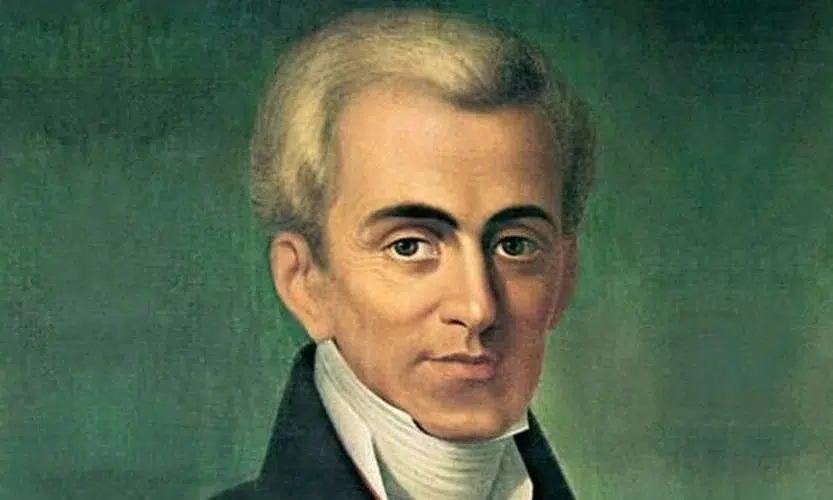
Kapodistrias, 1776-1831, was from the Greek island of Kerkyra in the Ionian Sea. He was educated in philosophy, law, and medicine at the University of Padua. He proved himself a genius in diplomacy. Tsar Alexander I of Russia was so impressed by Kapodistrias he made him Minister of Foreign Affairs. Kapodistrias served in that powerful post from 1816 to 1822. In 1822, he took a leave of absence and set up home in Geneva where he founded the Philomusse Society to raise funds for the Greek Revolution and expand the cause of European Philhellenism.
The rise to power of Kapodistrias disturbed the Chancellor of Austria Klemens von Metternich. He ordered Austrian diplomats and senior police officials to watch him. One of the senior military officers named Joseph Chervenka, interviewed people who knew Kapodistrias. Chervenka summarized the impressions of those who spoke to him about Kapodistrias. On February 13, 1816, he wrote a report and sent it to Metternich.
Chervenka said to Metternich that Kapodistrias had quite an agenda for making modern Greece into Hellas. He said:
“Kapodistrias expected all powers unanimously to agree in establishing an independent Hellas with inviolable borders. Hellas would be neutral, not allowing any foreign intervention or influence in the country. Her sole purpose would be to cultivate the sciences and enlightenment for the benefit of humanity. Hellas would send teachers, artists, and laws to all countries. The rulers of those countries would be educated in Hellas. And in concert with their Greek teachers, they would be able to rule their people with fairness and justice in the spirit of Hellenic civilization. The geographical position of Hellas between East and West would help her to maintain a balance of security and peace. Kapodistrias also insisted that humanity would declare Hellas a sacred country.”
There are differences in the visions of Alexander and Kapodistrias. These two Greeks dreamt about the power of Hellas to the rest of the world. One of the two, Alexander, had the power of the greatest king and emperor. His word was law. He created the largest empire the world has ever seen. He tried and to some degree succeeded to Hellenize the world, or at least, he put the first stone for an edifice of reason and civilization in a planetary governance. His premature death, however, put the brakes to his original idea for a better world.
A similar misfortune struck Kapodistrias. In 1828, he took over a tiny, impoverished state threatened by Turkey and barely tolerated by the “great” European powers: England, Russia, and France. England was the least friendly to the new state of Greece. It never wished to see an independent Greece. England occupied the Greek Ionian islands and had strategic ambitions for capturing Cyprus, then occupied by Turkey. Moreover, England kept in its national museum looted Parthenon treasures. England could barely stand the ambitious policies of Kapodistrias to create the foundations of an independent Greek state. Here was a well-educated Greek who had served as Russia’s chief diplomat. But even before Kapodistrias was appointed to be the foreign minister of Russia, he had created an independent and neutral Switzerland and had prevented the division of France after the defeat of Napoleon in 1815.
Moreover, Kapodistrias was a patriot who did not tolerate the influence by foreign powers. He established the Greek armed forces, schools, the statistical service, a bank and national currency, and taxation. This caused resistance among those Greeks who had large estates. But Kapodistrias favored the peasants and tried to eliminate the disparities in the countryside. He used his personal wealth to fund the government.
The British watched and supported the small-scale resistance to Kapodistrias. British government officials could not tolerate a free and independent Greece governed by such a talented politician. Kapodistrias was the best European diplomat of his age. In all likelihood, the British funded two Greeks from Mani, Peloponnesos, Constantine and George Mavromichalis, who assassinated Kapodistrias on September 27, 1831.
The model of Hellas by Alexander the Great and Kapodistrias
The efforts of Alexander the Great and the first President of modern Greece Ioannis Kapodistrias to employ Hellenic civilization for the good of humanity reflect the greatness of ancient Greece / Hellas.
Greece had the good fortune of becoming the lighthouse of the world. For several centuries it gave birth to science and civilization of unprecedented beauty, reason, justice, and virtue.
This good fortune came into being in the works of the epic poets Homer and Hesiod; the tragic poets Aeschylus, Sophocles, and Euripides; historians Herodotos and Thucydides, the comic poet Aristophanes; philosophers / scientists who probed the heavens to such detail, that one of them, Democritus in the fifth century BCE, discovered the Atomic Theory and another, Aristarchos of Samos, in the third century BCE, proposed the Heliocentric Theory of the universe.
Euclid in late fourth century BCE and Archimedes in the third century BCE pretty much created mathematics. Archimedes also advanced mathematical physics and engineering. Still yet another scientist, Hipparchos, set the foundations of mathematical astronomy in the second century BCE in Rhodes. He also left his fingertips all over the Antikythera Mechanism, an immaculate geared bronze computer of genius, the progenitor of our computers.
Add to this extraordinary galaxy of intelligence and foresight, Aristotle, tutor of Alexander the Great and inventor of the science of zoology in the fourth century BCE, and you have lasting science and civilization power.
The Greeks lived in poleis (city-states) all over the Mediterranean and the Black Sea, “like ants or frogs in the sea and around a pond,” according to Plato.3 To make polis living enjoyable and tolerable and to protect themselves from each other and enemies, the Greeks invented political theory, democracy, jury courts, and laws published on acres of stone and marble for all to see.
They built magnificent temples to honor their anthropomorphic gods. They sculpted bronze and marble statues of the gods and handsome nude heroes, athletes, and dressed or naked women. They also shared the virtues of individuality, courage, the rule of law and justice, often democracy, science, technology, beautiful architecture and arts and crafts, theater, Panhellenic games, and festivals like the Olympics. And despite their conflicts, they created an admirable science-based civilization that became Western civilization.
The price for abandoning Hellas
However, the United States and the rest of the countries of the world have abandoned most of the virtues of the Greeks (democracy, equality, rule of law, science for the public good and the discovery of truth, and love of the natural world), with the result they are poisoning and damaging the planet and its ecosystems.
The worst result of such carelessness and hubris is climate change. It threatens civilization, humanity, and the planet. The main conclusion of the US Fifth National Climate Assessment, Nov. 14, 2024, warns:
“The more the planet warms, the greater the impacts. Without rapid and deep reductions in global greenhouse gas emissions from human activities, the risks of accelerating sea level rise, intensifying extreme weather, and other harmful climate impacts will continue to grow. Each additional increment of warming is expected to lead to more damage and greater economic losses compared to previous increments of warming, while the risk of catastrophic or unforeseen consequences also increases….
“The global warming observed over the industrial era is unequivocally caused by greenhouse gas emissions from human activities—primarily burning fossil fuels. Atmospheric concentrations of carbon dioxide (CO2)—the primary greenhouse gas produced by human activities—and other greenhouse gases continue to rise due to ongoing global emissions. Stopping global warming would require both reducing emissions of CO2 to net zero and rapid and deep reductions in other greenhouse gases. Net-zero CO2 emissions means that CO2 emissions decline to zero.”
But the most startling and devastating conclusion of the Fifth National Climate Assessment is that the US is beyond the charts. Its obsession with petroleum and petroleum-powered machines (cars, trucks, busses, ships, yachts, airplanes, leaf blowers, military fleets of airplanes and navies) has made the country extremely vulnerable to private greed, and to the forces of nature.
Ceaseless dumping in the atmosphere of unfathomable amounts of planet-warming gases are threatening the country with thermal death. “The things Americans value most are at risk,” says the Fifth National Climate Assessment. “More intense extreme events and long-term climate changes make it harder to maintain safe homes and healthy families, reliable public services, a sustainable economy, thriving ecosystems and strong communities… The United States has warmed 68 percent faster than Earth as a whole over the past 50 years.”
In addition, the United States and a few other countries possess nuclear weapons, the ultimate means of extinction. The intentional or accidental explosion of a single nuclear bomb is certain to cause dramatic and planetary damage and death. Nuclear war is unthinkable. It will destroy humanity, civilization, and the planet. It’s necessary, therefore, to abolish these evil weapons and find an alternative to the dangerous system of state and international governance.
A new renaissance
Neither Alexander nor Kapodistrias could have foreseen the moral abyss of the modern world. The idea of Hellas is still relevant to forestall the resurrection of dark age, or to slow down its spread all over the planet.
Kapodistrias knew his age of authoritarianism, official slavery, European colonization of the tropics, and monarchies was destined to continue warfare as the only means of resolving conflicts and protecting the selfish interests of the landed oligarchy and governing classes.
He thought that ancient Hellas in modern times could become the school for humanity. This thought was uppermost in his mind, but did not have the opportunity to translate it into a formal proposal. He hoped that Russia, England, and France would bless that idea by securing the territorial integrity and independence of this new country, resurrected Hellas. This country would do nothing else but cultivate the sciences for the enlightenment of humanity.
Kapodistrias’ proposal merits support and testing. Would a resurrected Hellas devoted to virtuous activities for the benefit of humanity make a difference? Could this Hellenic polis become the paradigm for the future of humanity and the planet? I would answer both questions in the affirmative.
If some ancient Greek books could trigger the Renaissance among the Arabs in the 8th century and among the Europeans in the 15th century, imagine what a country devoted to enlightenment and the public and environmental good what it could accomplish. The challenge is to convince the large powers of our time, the third decade of the 21st century (the United States, China, Russia, India, and the European Union), to embrace such a new idea and give it a try.
After all, except India and China, which were on the borders of Alexander’s empire, the European Union, the United States, and Russia own their existence to Hellenic civilization.
Evaggelos Vallianatos, Ph.D., is a historian and ecopolitical theorist. He studied zoology, and ancient and medieval Greek history at the University of Illinois. He earned his Ph.D. in modern Greek and European history at the University of Wisconsin. He did postdoctoral studies in the history of science at Harvard. He worked on Capitol Hill and the US Environmental Protection Agency. He taught at several universities. He authored hundreds of articles and seven books, including The Antikythera Mechanism: The Story Behind the Genius of the Greek Computer



